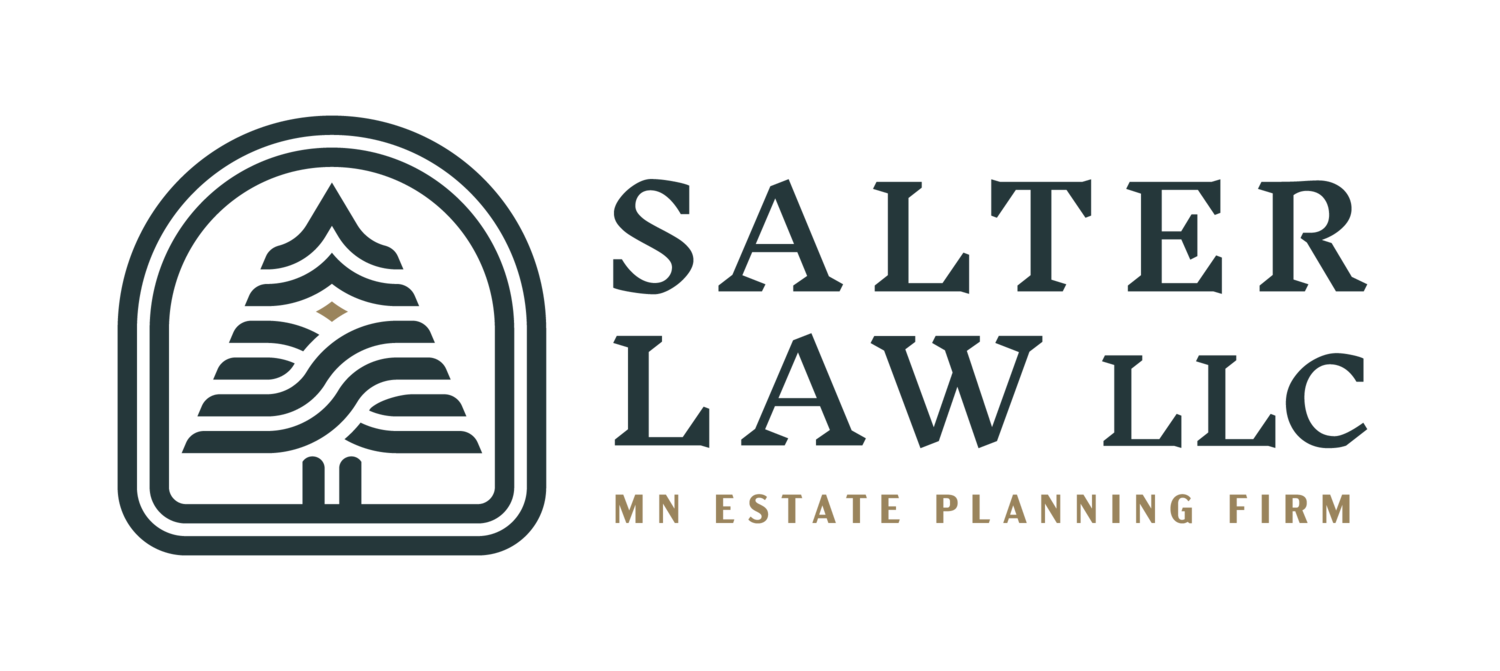
What is Estate Planning?
Your estate plan is a map.
It creates the path your assets will follow to reach their final destination - your loved ones.
We guide you through which estate planning vehicle - a will or a trust - will provide the best route for your assets while avoiding unnecessary estate tax and/or probate.
As a service to you, we fund your estate plan by arranging any necessary asset title transfers to ensure it will work as you intended.
Your Estate Plan
Your estate plan will include these documents along with others that may be required for your life circumstances:
-
To choose the best planning vehicle for you - we map out how the routes your assets will follow differ for each planning vehicle and recommend the best choice given your estate’s value, your life circumstances, and your planning goals.
-
If you are unable to communicate your financial needs …
A Power Of Attorney (POA) lets you assign a trusted loved one to make financial decisions on your behalf until you are able, or if permanently unable, until your death.
We explain the different types of power a POA can grant, explaining the pros and cons, to ensure you grant the right powers for you.
-
If you are unable to communicate your healthcare needs or become terminally ill along the way …
The Minnesota Health Care Directive defines your:
Healthcare Agent - a trusted loved one you choose to make healthcare decisions on your behalf - either until you are able again or when you have a terminal illness.
Living Will - this document lets you describe under what circumstances you would no longer want life-sustaining treatments and outlines your wishes for your end of life; relieving the stress of your loved ones, who would otherwise be forced to make difficult healthcare decisions without your guidance.
Preparing You for Every Stage of Life
-

Just Starting Out
It’s easy to assume estate planning is for later – once you’ve accumulated more assets.
But the best time to start is early in your journey, while enjoying frequent travel and an active lifestyle.
We recommend all adults, 18 or older, have, at a minimum, a Power of Attorney (POA) and a Health Care Directive (HCD) to ensure a trusted loved one is making your financial and healthcare decisions should anything happen and you are unable to communicate your wishes:
In our complimentary consults for young adults, we explain these documents and how we can help you design them in an easy, affordable manner.
-

Growing Your Family & Career
Building your career, your first residence, getting married, and having children …
These are life transitions that may prompt you to create an estate plan and prepare more mindfully.
Common decisions include: 1) who should make financial and healthcare decisions on your behalf, if you are ever unable to communicate those wishes yourself, 2) which family members, friends, or even charities, should inherit your growing assets, and 3) who should be the guardian for your minor children or other dependents.
We can guide you through these decisions. Begin with our Blog post on how to choose a guardian for minors.
-

Established, But Changes Ahead
The only constant in life is change.
Mid-life and beyond may change your:
marital status,
family members,
residence,
life goals,
health or healthcare benefits,
types of assets and their value
All of the above impact the route your assets need to follow to pass down to your loved ones as you intend.
Reviewing your estate plan, when you experience these changes, ensures you and your assets remain protected and on the right path to your loved ones.
Stay one step ahead and request your Review Meeting.
Navigating You Past Common Obstacles
-

What is Estate Tax?
Most people assume they will pay estate tax, but it depends on the size of your estate and the state and federal estate tax limits at the time of death.
Currently in Minnesota, estates worth over $3 million at the time of death are subject up to a 16% MN estate tax rate.
In addition, estates worth over $12.06 million at the time of death are also subject up to the 40% federal estate tax rate.
After 2025, that federal estate tax rate will apply to estates only worth over $5.5 million, impacting more estates, unless Congress changes the law between now and then.
To determine whether you will be in estate tax territory, we calculate your estate’s current value and estimate its growth to determine if you need estate tax saving strategies built into your estate plan.
Those estate tax-saving strategies ensure your loved ones will receive the full value of your estate at the time of your death.
-

Probate
If you pass away with assets owned in your individual name, those assets will have to go through probate, a court proceeding, before they can be distributed to your heirs named in your will.
Probate appoints your Personal Representative (PR), named in your will, to distribute your assets to your heirs, as listed in your will.
Once appointed, your estate planning attorney assists your PR on retitling the assets from your name, as the decedent, to the names of your heirs so they can manage their newly inherited assets.
If there is no will, the probate court proceeding assigns the PR and distributes the assets based on the Minnesota intestate statutes (“intestate” means “without a will”).
Minnesota intestate statutes distribute your assets according to your bloodline - this means non-bloodline family members, friends, or charities won’t inherit your assets..
The cons to probate are numerous - legal fees, court fees, wait times, public proceedings, and, if no will, loss of control on who manages and receives your assets.
-

Improper Funding
Funding is the final step in our planning process - without funding, your estate plan may not work as you intended.
Which route your assets follow depends on how you own your assets and the estate planning vehicle you chose.
During our planning process, David maps out how your assets will flow to your heirs or beneficiaries based on the estate planning vehicle you are considering, your current asset ownership types, and the total value of your assets.
As part of that planning process, you will identify which, if any, asset titles need to be transferred, and to whom, so they flow to your heirs and beneficiaries as you intend.
Once that path is identified, the estate planning vehicle, be that a will or a trust, is chosen and the estate plan is designed.
During the funding phase, we work closely with your financial institutions and/or financial planners to retitle assets, as needed per the design of your estate plan, so they pass down to your loved ones in the manner you intend.
There is a lot to consider.
Have questions about your estate?

As of May 1, 2022, our online estate planning tool, Guidr, helps the young, tech-savvy crowd create basic estate planning documents with the help and oversight of our firm. Learn more.

